
HOSTS- Jeremy Burns, Matthew Scott Phillips
TYPE- Theory
DURATION- 55:47
BUMPER MUSIC- "A Minor Set Back" (Area 47 Music)
ANNOUNCER- Mike Cunliffe
We've given the 7th chords a good listen. Now it's time to discuss the theory behind them and some of the conventions to consider while using them in part writing. This episode will focus on the ii7 and the V7 chords as well as their inversions. It's time to add a little
spice to your chord progressions!
As you listen to this episode, you will hear us reference SCALE DEGREES (1, 2, 3, 4, 5, etc...)
and CHORD MEMBERS (root, 3rd, 5th, 7th, etc...).
Be sure to not confuse them!
V
7
Below we have what was once a root position
G major triad with an extra note added on top.
This F note is a minor 7th above the root note G.
It is therefore considered the 7th of the chord.
You will notice that we are in the key of C MAJOR. The G note is scale degree 5 in this key.
This G7 chord is therefore considered to be a
V7 chord in the key of C.
Notice the chord members and their positions:
The ROOT, the 3RD, the 5TH and the 7TH.
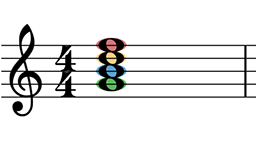
V
7
The V7 chord contains 2 TENDENCY TONES, that together create a TRITONE:
1-The 3rd of this chord (scale degree 7) wants to resolve UP to scale degree 1.
2-The 7th of this chord (scale degree 4) wants to resolve down to scale degree 3.
These resolutions will occur when the V7 (DOMINANT) chord resolves to a I (TONIC) chord.
It is difficult to resolve a ROOT POSITION V7 chord to a ROOT POSITION TONIC CHORD without breaking some voice leading rules
(parallel 5th or 8ths, for example).
We therefore often find find that smoother chord progressions can result if we omit one of the chord tones from the V7 chord. Should we do so, your first option should be the 5th of the chord
(scale degree 2).
If you omit the 3rd, the chord loses it's QUALITY (major or minor). If you omit the 7th, the chord ceases to be a 7th chord, looses one of it's TENENCY tones and, therefore, a good bit of strength (resulting in a less fulfilling CADENCE.
We can also solve some of these issues by using INVERSIONS. Below, you will see the V7 chord in 3 possible INVERSIONS (1st, 2nd and 3rd) notice that the chord members (ROOT, 3rd, 5th and 7th) all maintain their functions and should observe the same considerations, when moving to the next chord in the progression.
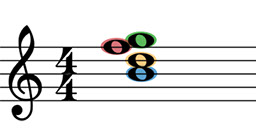
6
5
V
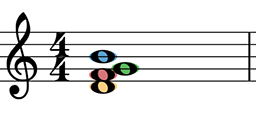
V
4
3
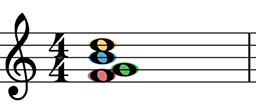
V
4
2
ii
7
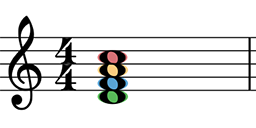
ii
7
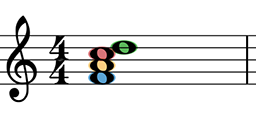
ii
6
5
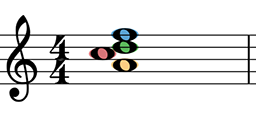
ii
4
3
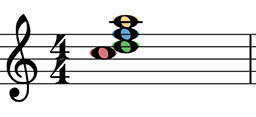
ii
4
2
Check out our friends at Musical U for an exceptional ear training service and a tight community to be a part of!
